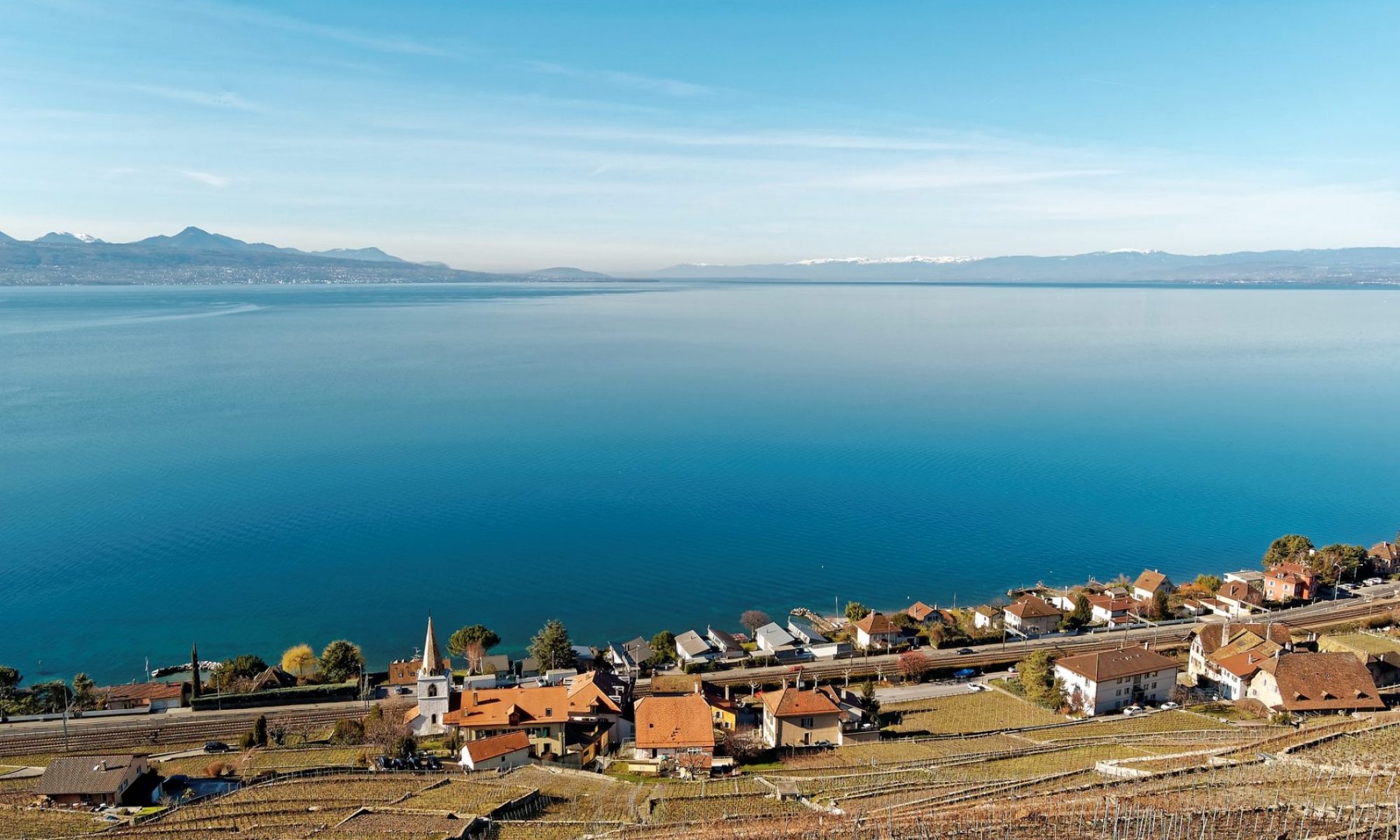Dr Peter Tentscher / Supervisor : Prof. J.Samuel Arey
Summary
Radicals play an important role in many areas of chemistry, such as atmospheric, aquatic, polymer, and biological, to name a few. Radicals are often highly reactive species which are short-lived and therefore harder to study by experimental techniques. In principle, computational quantum chemistry enables the study of arbitrary chemical species, including elusive radicals. However, the approximate quantum chemical methods which are used for
production simulations need to be validated for the type of problem in question.
First, it is necessary to validate that highly accurate reference methods commonly applied to closed-shell systems are equally applicable to radicals. I show that the « gold standard » for closed-shell systems (coupled cluster with singles, doubles, and perturbative triples excitations (CCSD(T))) can produce molecular geometries and vibrational frequencies suitable for (sub-)kJ/mol thermochemistry for radical species as well. However, additional diagnosis is necessary, especially for vibrational frequency calculations.
Coupled cluster methods are then used to compute benchmark binding energies between small radicals and water or hydrogenuoride as a proxy to the aqueous condensed phase. Ind that many common density functional theory (DFT) methods cannot reproduce these binding energies to within chemical accuracy (1 kcal/mol). However, some functionals, for example MPW1K and BHandHLYP, perform better than others. If more accurate ab iniotio methods are computationally too demanding for the system of interest, these DFT methods should be used for (micro-)solvated radicals.
Complexes of radicals with polar solvent are found to be more strongly bound than expected. This can not be explained by dispersive and electrostatic interactions alone. Using natural bond orbitals, I show that additional donor-acceptor interactions may be responsible for the strong intermolecular binding observed.
One of the most fundamental processes involving aqueous organic radicals is the one electron oxidation of closed-shell organics. I study the vertical ionization of neutral organics. That is, the ionization is faster than the reorganization of the solvent (and solute), and the conformation is assumed to be unchanged during the ionization process. I find that the difference between the gas-phase and aqueous-phase vertical ionization energy, deltaVIE = VIEaq – VIEgas , ranges from around 0 to -1.0 eV for small aromatic compounds. The
differences in deltaVIE between different compounds seem to be caused by the solvent structures of the around 70 water molecules closest to the solute.
In natural surface waters, oxidized organics arise through the reaction of photochemically created radicals with organic molecules already present in the water column. One example for such a reaction is the oxidation of sulfonamide antibiotics. I show that upon oxidation of sulfadiazine and related compounds, an aniline radical cation is formed. The reactivity of this oxidized species is strikingly different from its reduced counterpart: the barrier for a nucleophilic attack on the aniline ring is drastically lowered, and a fast rearrangement
reaction can take place.
I demonstrate that current quantum chemical protocols are suitable for mechanistic studies of solvated radicals, and I successfully apply them to such problems. To achieve chemical accuracy for quantum computational protocols, further developments are necessary. To validate novel approaches, the benchmark data presented in this thesis may be used.
Publications
Tentscher PR, Eustis S, McNeill K, Arey S. 2013. Aquatic oxidation of sulfonamide antibiotics: aromatic nucleophilic substitution of an
aniline radical cation. Chem Eur J. Accepted.
Tentscher PR, Arey S. 2013. Binding in radical-solvent binary complexes: benchmark energies and performance of DFT methods. J Chem Theory Comput 9: 1568–1579.
Sivey JD, Arey S, Tentscher PR, Roberts AL. 2013. Reactivity of BrCl, Br2, BrOCl, Br2O and HOBr toward dimethenamid in solutions of bromide+aqueous free chlorine. Environ Sci Technol 47: 1330–1338.
Tentscher PR, Arey S. 2012. Geometries and vibrational frequencies of small radicals: Performance of coupled cluster and more approximate methods. J. Chem. Theory Comput 8: 2165–2179.
